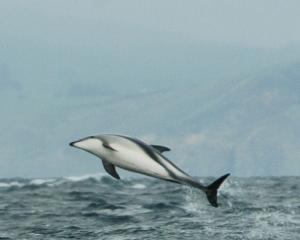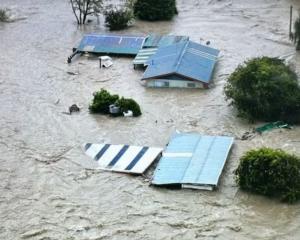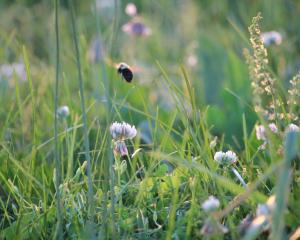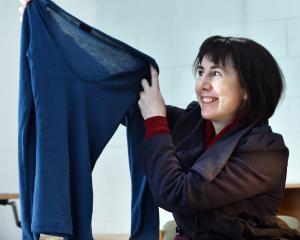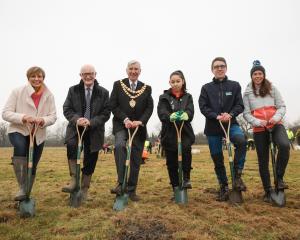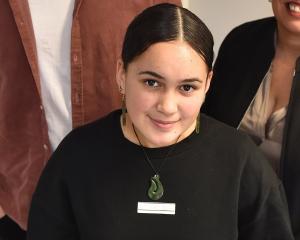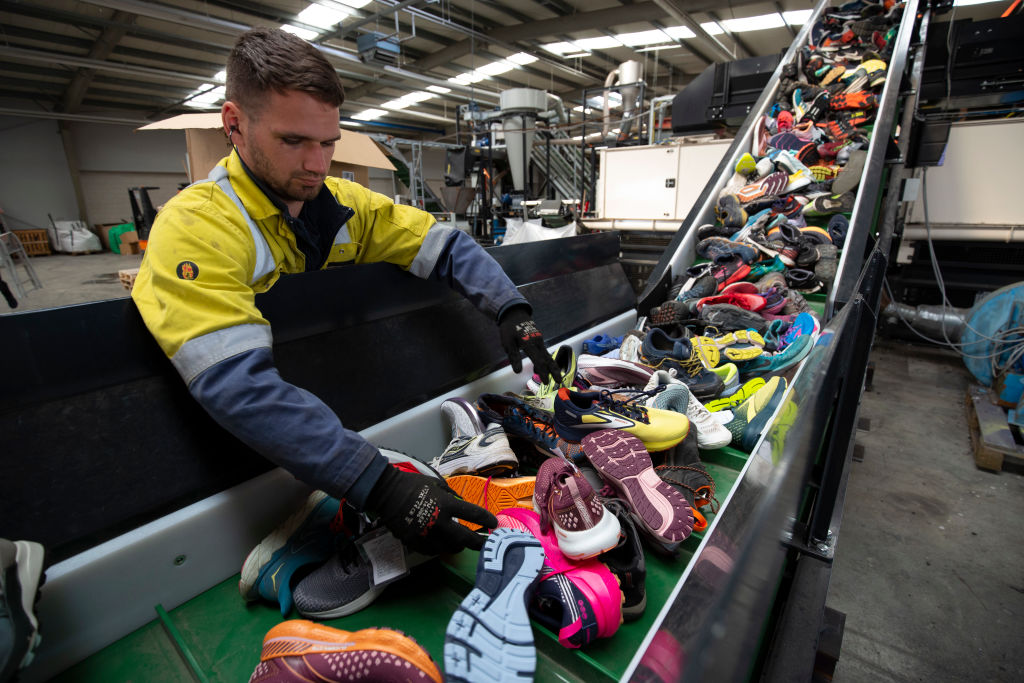
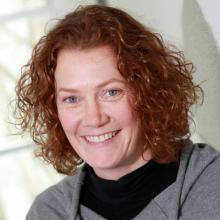
Over the past decade the circular economy (CE) has emerged as an influential global model for economic development and sustainability. While there is not a single definition of the CE it can be thought of as a set of practices that will shift the economy from a take-make-waste system to a more closed-loop system that is designed for disassemble and reassemble, reducing the impact on the environment.
To understand the state of the CE in Aotearoa New Zealand we used a simple Google search scan with specific search phrases focused on ‘‘circular economy’’ to address these questions:
1. Who are the actors and institutions in Aotearoa New Zealand who are using the language of the CE to narrate their practices?
2. How are Maori terms and approaches used in relation to the CE?
3. What sectors and pillars of the CE, and waste hierarchy, actors and institutions are focusing on?
Our results show that businesses, researchers, social enterprises and non-governmental organisations are the three largest groups using the language of the CE. These three groups use CE language primarily in relation to; waste reduction and minimisation, reducing CO2 emissions and responding to climate change, and transitioning to a more CE. Overall, the results suggest that the language of the CE is being incorporated by a range of actors and institutions across civil society and the economy with some businesses, social enterprises and NGOs in particular, positioning themselves as ‘‘early adopters’’ and advocates of the concept.
There was only a small number of points where CE language was used in connection to Maori understandings of the economy, specific projects and/or practices. We found 10 instances where CE language was used in relation to the ‘‘Maori economy’’. In these instances, the ‘‘Maori economy’’ was used to refer to a fundamentally different way of understanding both economic exchange and purpose to Euro-centric capitalist framings of the ‘‘economy’’. Maori understandings of ‘‘economy’’ tended to be more holistic, accommodating diverse transactions and values, and emphasising rangatiratanga (Maori-led self-determination and governance). In other instances, CE language was used in connection to kaitiakitanga (stewardship), respecting the mauri (life-force) of all things, and valuing taonga (treasures).
The top two sectors where CE language is used are waste and recycling, and plastic and packaging. The third top sector related to ‘‘transforming the economy’’. The findings suggest that the language of the CE is most readily connected to specific problem materials (such as plastic and single-use packaging) in the waste and recycling sector. These concerns, prompted by everyday interactions with waste, recycling and plastic appear to provide an accessible and tangible entry-point to connecting with the language of the CE.
Overall, the results of this research show that there is circular economy grassroots activity and that we have some high level conceptualisations of circular economies occurring in New Zealand. However, there is little in-between. It is in the in-between or in the middle that activity needs to occur to transition towards a circular economy. This middle space includes businesses, sector initiatives, local government and other institutions. Activity is needed among these groups to stimulate circular economies.
There is also a need to move beyond the business-as-usual entity or single organisational focus to an ‘‘ecosystem phase’’. This means thinking beyond just a single organisation to thinking across sectors, businesses and enterprises. Further, this means that for the CE to occur, partnerships are needed across business, organisations, Treaty partners, institutions, NGOs and stakeholders to form collaborations around material and people flows in order for ecosystems to form and create circular economies.
To move beyond to an ‘‘ecosystem phase’’ we suggest the following as necessary to enable this change for circularity:
1. The impetus to collaborate. We need to have multi-party collaboration to occur that creates access and enables flows of knowledge, materials, people.
2. There needs to be safe space for collaboration to occur. We recommend being grassroots or NGO led (not Government focused).
3. As a result of these processes we expect to see new forms of governance emerge to manage the ecosystems necessary for a CE.
Sara Walton is Associate Professor of Sustainability and Business at the Otago Business School, University of Otago. Each week in this column, one of a panel of writers addresses issues of sustainability.
For more
• For more information on the scan please see: https://www.waikato.ac.nz/__data/assets/pdf_file/0016/901231/Environment...

